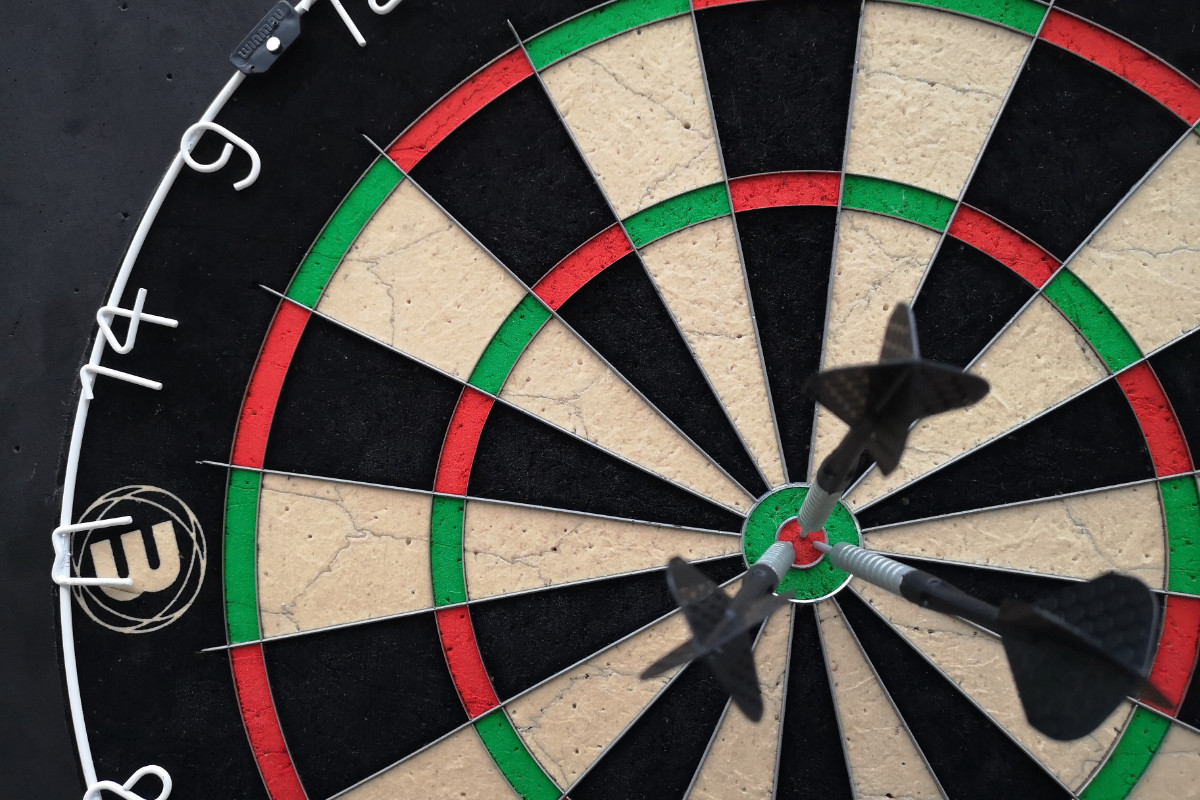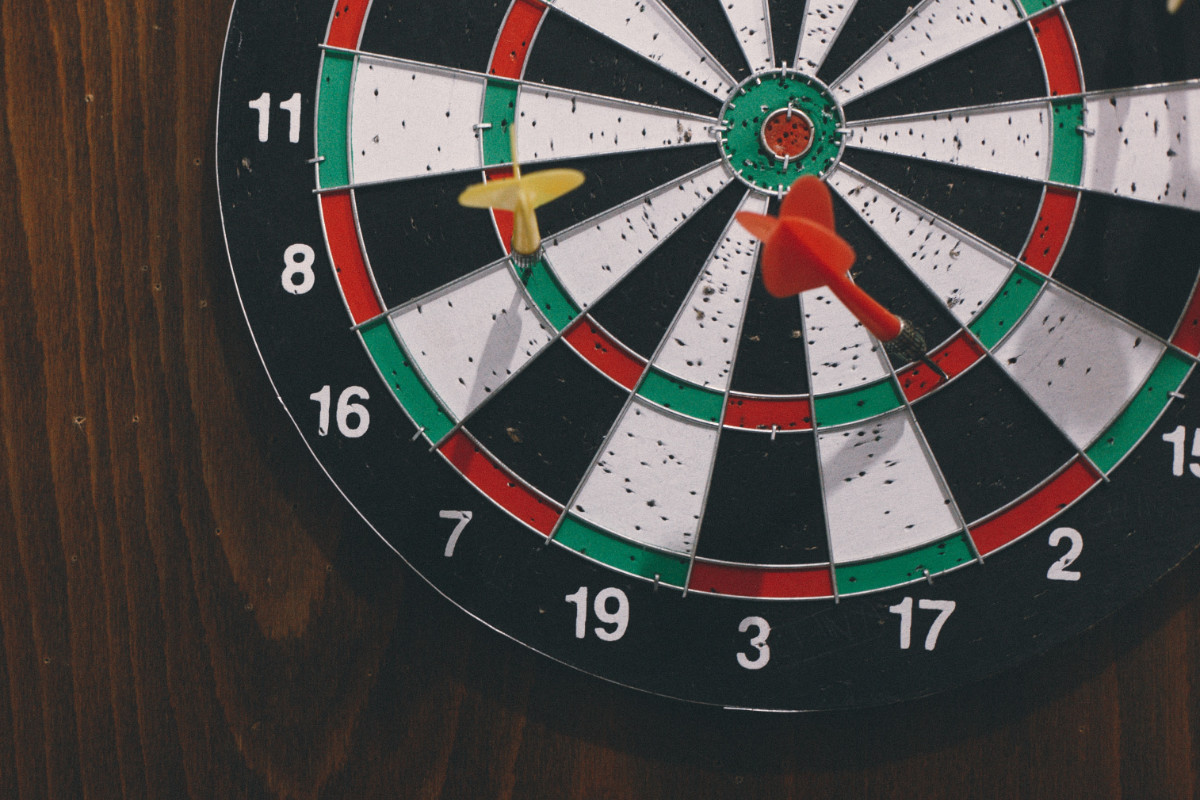When it comes to dart matches, one of the most frequently asked questions is about the number of sets involved. Whether you’re watching a professional game on TV or participating in a local tournament, understanding the concept of sets can significantly enhance your enjoyment and strategic thinking. In this guide, we’ll explore what sets are, the number of sets commonly played in various types of matches, and tips on how to approach them.
What is a Set in Darts?
In the realm of darts, a “set” consists of a predefined number of “legs” or individual games. The player or team that wins the most legs wins the set. The format and rules can vary based on the competition, so it’s crucial to be aware of the specific guidelines in place.
Number of Sets in Different Dart Matches
The number of sets in a dart match can vary widely, depending on the level of play and the tournament rules. Here are some general scenarios:
- Amateur and Pub Games: These are often best-of-3 or best-of-5 sets.
- Professional Tournaments: In tournaments like the PDC World Championship, matches can go up to best-of-13 sets or more.
- Television Matches: TV matches often feature best-of-7 or best-of-9 sets to provide an engaging viewer experience.
How Many Sets Should You Play?
If you’re organizing a game with friends or participating in a local tournament, the number of sets can be decided mutually. Here are some points to consider:
- Time Constraints: More sets require more time. Ensure you and your opponent are comfortable with the length of the match.
- Skill Level: Beginners may opt for fewer sets, while more experienced players might prefer a longer, more challenging match.
- Stamina: Playing more sets can be physically taxing. Make sure you’re prepared for the endurance aspect of the game.
Tips for Approaching Sets in Darts
Knowing the number of sets isn’t enough; you need to approach them with strategy. Here are some tips:
- Pacing: Don’t expend all your energy in the first few legs. Pacing yourself is crucial for longer matches.
- Psychological Play: Use the sets to gauge your opponent’s weaknesses and adapt your strategy accordingly.
- Consistency: Aim to maintain a consistent performance across all sets to keep your opponent on their toes.
Conclusion
Understanding the concept and rules surrounding sets in darts can be a game-changer for both new and seasoned players. From amateur pub games to professional tournaments, the number of sets in a dart match can significantly impact the dynamics and outcomes. Armed with this information, you’ll be better equipped to enjoy the game, whether you’re a spectator or a participant. So, get ready, aim, and may the best set win!



